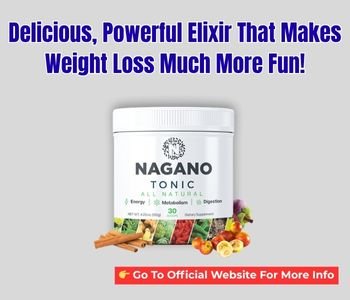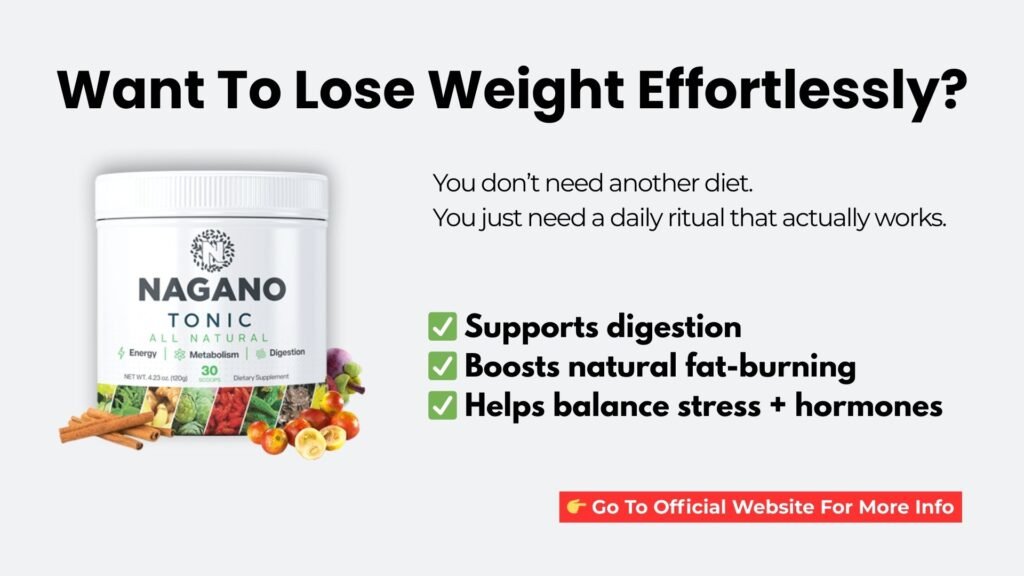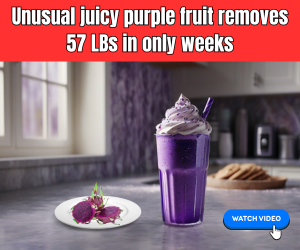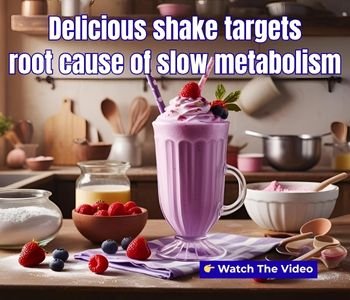What if you could unlock your body’s natural cellular detox and repair process—without skipping a single meal?
Autophagy, often referred to as your body’s “cellular self-cleaning system,” is a powerful biological process that clears out damaged cells, regenerates new ones, and slows down aging from the inside out. It’s one of the reasons fasting has become so popular in the health world. But let’s be honest—fasting isn’t for everyone.
Maybe you’ve tried intermittent fasting and found it too restrictive. Or perhaps you’re just not ready to skip breakfast or dinner to feel healthier. The good news? You don’t have to fast to enjoy the benefits of autophagy.
In this article, you’ll discover three science-backed foods that naturally activate autophagy without fasting. These everyday foods not only support detox and regeneration but can also help you glow from the inside out, improve heart health, and fight disease. So let’s dive in!
Table of Contents
ToggleWhat Is Autophagy & Why It Matters
Autophagy might sound like a complicated scientific term, but it’s actually a simple—and life-changing—process happening inside your body all the time.
The word autophagy comes from Greek: auto meaning “self” and phagy meaning “eating.” Put together, it means “self-eating.” But don’t worry—it’s not as scary as it sounds. Autophagy is your body’s built-in system for cleaning out old, damaged cells and recycling them into stronger, healthier ones.
Think of it as spring cleaning for your cells.
When autophagy is activated, your body finds dysfunctional or aging cells, breaks them down, and uses the parts to build new, better-functioning cells. This process:
- Slows down aging
- Boosts your immune system
- Improves metabolic health
- Protects against inflammation and disease
Normally, autophagy is triggered when your body senses a drop in nutrients—like during fasting. That’s why fasting is often considered the most effective way to boost autophagy.
But here’s the exciting part: fasting isn’t the only way.
Research shows that certain foods and compounds can mimic the effects of fasting and stimulate autophagy even when you’re eating. That means you can enjoy meals and give your body the deep cellular reset it craves.
In the next section, we’ll explore how to keep autophagy active without fasting and why this matters more than ever for aging, energy, and overall vitality.
How to Keep Autophagy Going While Eating
Fasting is widely known as the gold standard for activating autophagy. When you fast, you reduce glucose, insulin, and nutrient intake—especially amino acids—which signals your body to clean up old or damaged cells through autophagy.
But let’s face it: fasting isn’t sustainable for everyone.
Whether it’s social events, busy schedules, or simply not wanting to skip meals, many people struggle to stick with fasting long-term. The good news? There’s a smarter way to support your body’s cellular rejuvenation, without going hungry.
Here’s what most people don’t know:
The key to stimulating autophagy without fasting is keeping certain nutrients low, especially amino acids.
Amino acids (from protein) are the biggest blockers of autophagy because they activate the mTOR pathway—your body’s “growth mode.” This is the opposite of autophagy, which is your “clean-up and repair” mode.
So, when you’re eating, the trick is to:
- Keep protein intake modest (especially during meals aimed at autophagy),
- Avoid constant snacking, and
- Include specific foods that have been scientifically shown to promote autophagy—even while you eat.
So which foods can you induce your autophagy without fasting? Let’s dive in.
Top 3 Foods That Support Autophagy Without Fasting
1. Pineapple: The Surprising Fruit That Sparks Full-Body Cellular Renewal
When you think of autophagy, pineapple probably isn’t the first food that comes to mind. After all, it’s sweet, tropical, and not exactly keto-friendly. But science says: don’t be so quick to judge.
The secret behind pineapple’s power is bromelain—a potent enzyme found in high concentrations in this delicious fruit. Unlike nutrients that simply support cellular health, enzymes like bromelain actually activate powerful biological processes—including autophagy.
How Bromelain Boosts Autophagy:
- Triggers autophagy across multiple organ systems, including the cardiovascular system and skin
- Reduces arterial plaque, lowering the risk of heart disease
- Promotes glowing skin by accelerating skin cell turnover
- May destroy harmful cells, including certain types of cancer cells
One 2022 study published in Antioxidants found that bromelain activates autophagy in the arteries—helping to clear out plaque that can accumulate over years of poor eating habits. That means pineapple may actually help reverse cardiovascular damage.
Even more exciting, a 2024 review in the Nutrients journal found that bromelain also boosts autophagy in skin cells, replacing dull, damaged skin with newer, smoother cells. Think of it as a facial from the inside out.
And it doesn’t stop there—a 2010 study published in Biofactors showed that bromelain may even prompt autophagy strong enough to destroy breast cancer cells—without harming healthy ones.
How to Use Pineapple for Autophagy:
- Enjoy small servings of fresh, organic pineapple during your eating window
- Opt for pineapple juice sparingly—fresh, not from concentrate
- Not an everyday food—use strategically a few times per week to support repair
Whether you’re enjoying a few bites post-workout or sipping fresh pineapple juice on a warm day, this tropical fruit could be your sweetest tool for cellular self-renewal.
2. Turmeric (Curcumin): The Golden Healer for Mitochondrial Autophagy
Turmeric has been used for centuries in traditional medicine for its powerful anti-inflammatory and healing properties. But modern science is now revealing something even more exciting: turmeric—specifically its active compound curcumin—can activate a special kind of autophagy deep within your cells.
It’s called mitophagy, and it targets the cleanup of dysfunctional mitochondria—the tiny energy factories inside every cell in your body.
Why Mitochondrial Autophagy Matters:
Mitochondria powers every biological function, from thinking clearly to detoxing to aging gracefully. But when they get damaged (by stress, toxins, or poor diet), they can trigger chronic fatigue, inflammation, and even cellular mutations.
Curcumin helps prevent this by:
- Encouraging old, damaged mitochondria to self-destruct (mitophagy)
- Promoting the growth of brand-new, healthy mitochondria (mitochondrial biogenesis)
- Enhancing your body’s ability to produce glutathione, the master antioxidant
A 2016 study in Biotechnology Advances found that curcumin significantly increased mitophagy, helping cells clean house and restore optimal energy function. And a 2023 study in Signal Transduction and Targeted Therapy linked mitophagy to healthy aging and reduced fatigue, making turmeric a key ally for long-term vitality.
Why Dysfunctional Mitochondria Are Dangerous:
When mitochondria go rogue, they stop making energy and start making lactic acid—fueling inflammation, pain, and even cancer cell growth. But by promoting daily mitophagy, turmeric may help stop cellular damage before it starts.
How to Use Turmeric for Autophagy:
- Use turmeric in meals daily: curries, teas, golden milk, or smoothies
- Choose curcumin supplements with black pepper (piperine increases absorption by 2,000%)
- Can be taken during fasting or eating windows
Turmeric isn’t just an anti-inflammatory superfood—it’s a mitochondrial miracle worker that helps your cells heal, energize, and regenerate from within.
3. Green Tea: The Antioxidant-Packed Drink That Sparks Total Body Autophagy
Green tea has earned a reputation as one of the healthiest beverages on the planet—and for good reason. Beyond its soothing flavor and metabolism-boosting benefits, green tea contains a powerful compound called EGCG (epigallocatechin gallate) that’s been scientifically shown to trigger widespread autophagy across your entire body.
If you’re looking to tap into autophagy without fasting, green tea might be the easiest—and most delicious—way to do it.
How Green Tea Supports Autophagy:
- Activates autophagy in nearly every cell type, helping your body repair and regenerate from the inside out
- Reduces systemic inflammation, a root cause of aging and chronic disease
- Improves gut health, brain function, and immune resilience
- Targets cancer cells—especially in the colon—by triggering cell self-destruction through autophagy
A 2019 study in the journal Nutrients found that green tea consumption turned on widespread autophagy in the body, helping to reduce inflammation and rejuvenate aging cells. Another study in Anti-Cancer Research the same year revealed that EGCG specifically induces autophagy in colon cancer cells, destroying them without harming healthy tissue.
That’s a powerful one-two punch: detox and disease defense in every cup.
How to Use Green Tea for Autophagy:
- Drink 1–3 cups daily between meals
- Choose organic green tea for the highest polyphenol content
- Consider matcha for a more concentrated EGCG dose
- Can be consumed during fasting or eating windows
Whether you sip it hot or pour it over ice, green tea is a gentle yet potent autophagy enhancer you can enjoy any day of the week—no calorie-cutting required.
Beyond Food – Other Natural Autophagy Activators
While food plays a powerful role in triggering autophagy without fasting, it’s not your only option. There are other simple, natural strategies you can incorporate into your lifestyle that activate autophagy—no supplements or starvation needed.
Here are a few worth adding to your wellness toolkit:
Herbal Allies That Support Autophagy
In addition to turmeric and green tea, several other herbs can help promote autophagy:
- Berberine – Often found in blood sugar-balancing supplements, it mimics the effects of fasting at the cellular level.
- Bergamot – A citrus fruit used in Earl Grey tea; supports autophagy and metabolic health.
- Ginger & Garlic – These everyday kitchen staples reduce inflammation and support immune balance.
- Cinnamon – Not only does it boost metabolism, it also helps regulate blood sugar—keeping autophagy pathways clear.
- Resveratrol – Found in red grapes and berries, this compound mimics calorie restriction and activates autophagy.
🌟 Tip: Don’t underestimate the power of plants. These herbs are nature’s medicine, simple, accessible, and incredibly effective.
HIIT (High-Intensity Interval Training)
Exercise is one of the most overlooked tools for stimulating autophagy—especially short bursts of high-intensity movement.
Research shows that HIIT workouts, where you alternate intense effort with short recovery periods (e.g., sprinting then walking), can trigger autophagy in muscle, brain, and liver cells.
Even a 15–20 minute HIIT session 2–3 times per week can make a big difference.
Cold Exposure
Cold showers or cryotherapy have been shown to activate stress-response pathways in the body that initiate autophagy, helping cells adapt, detox, and regenerate.
Deep, Restorative Sleep
Autophagy naturally increases during sleep—especially when you get into deep, non-REM cycles. Poor sleep = less repair. Prioritize a consistent bedtime routine and limit blue light at night to support your body’s nighttime detox processes.
Intermittent Nutrient Cycling
You don’t have to fast all the time—but alternating between low-protein/light eating days and normal eating days may help mimic the metabolic benefits of fasting and keep autophagy gently activated throughout the week.
Autophagy isn’t just a diet hack. It’s a lifestyle built on syncing with your body’s natural rhythms and cycles.
Autophagy, Aging & Longevity – Why It’s More Important Than Ever
In today’s fast-paced, high-stress world, chronic disease and accelerated aging are becoming the norm. But what if one of the most powerful solutions to slow aging and extend your healthspan is already built into your body?
That’s exactly what autophagy offers—a natural, science-backed way to slow cellular aging, extend lifespan, and reduce your risk of disease.
Here’s how it works:
Autophagy = Cellular Rebirth
As we age, damaged cells start to pile up. These “cellular junk” particles slow down your body’s functions, cause inflammation, and increase the risk of conditions like:
- Alzheimer’s
- Heart disease
- Type 2 diabetes
- Cancer
Autophagy works like your internal clean-up crew—removing dysfunctional cells before they cause trouble, and replacing them with new, healthier versions. That’s why autophagy is often called the “fountain of youth” process.
How It Supports Organ Regeneration
Let’s take your liver as an example. This organ can regenerate itself roughly once per year. But if the liver cells are damaged and filled with waste, the new cells it produces will be just as dysfunctional.
Activate autophagy before regeneration? Now your liver creates stronger, more youthful cells.
This applies to your skin, brain, gut, heart, and immune system. If you’re not stimulating autophagy regularly, you’re simply aging faster.
Doing Nothing = Accelerated Aging
The truth is, if you’re not actively supporting autophagy, you’re already on a collision course with inflammation, fatigue, and chronic illness. The body’s natural repair systems slow down with age—but you can choose to turn them back on.
The Autophagy Lifestyle = Healthy Aging
Supporting autophagy consistently through:
- Healing foods
- Anti-inflammatory herbs
- Strategic movement
- Deep sleep
- And even without fasting…
…can rewind the cellular clock, giving you more energy, sharper thinking, better skin, stronger immunity, and longer-lasting vitality.
Your body wants to heal—it just needs the right inputs. And now you know what those are.
Final Thought
Autophagy doesn’t belong only to the world of hardcore fasting or extreme diets. You now know that this powerful, age-defying, disease-fighting cellular process can be turned on without skipping meals—just by making smart, science-backed choices.
By incorporating autophagy-boosting foods like Pineapple, Turmeric/Curcumin, Green Tea, you can gently activate your body’s self-healing mechanism while still enjoying food.
And when you pair these with other natural tools—like HIIT workouts, herbal allies, restful sleep, and stress reduction—you create a lifestyle that supports healthy aging, vibrant energy, and long-term vitality.
The best part? You don’t need to starve. You just need to nourish strategically.
Autophagy isn’t about restriction—it’s about intelligent activation.
So, if fasting feels too intense or just not right for your lifestyle, take heart: you can still access your body’s built-in rejuvenation system, one bite and sip at a time.
You May Be Interested …

7 Shocking Ways to Speed Up Fat Burning
and Lose Weight Faster

5 Hidden Intermittent Fasting Mistakes
That Can Sabotage Your Weight‑Loss Goals
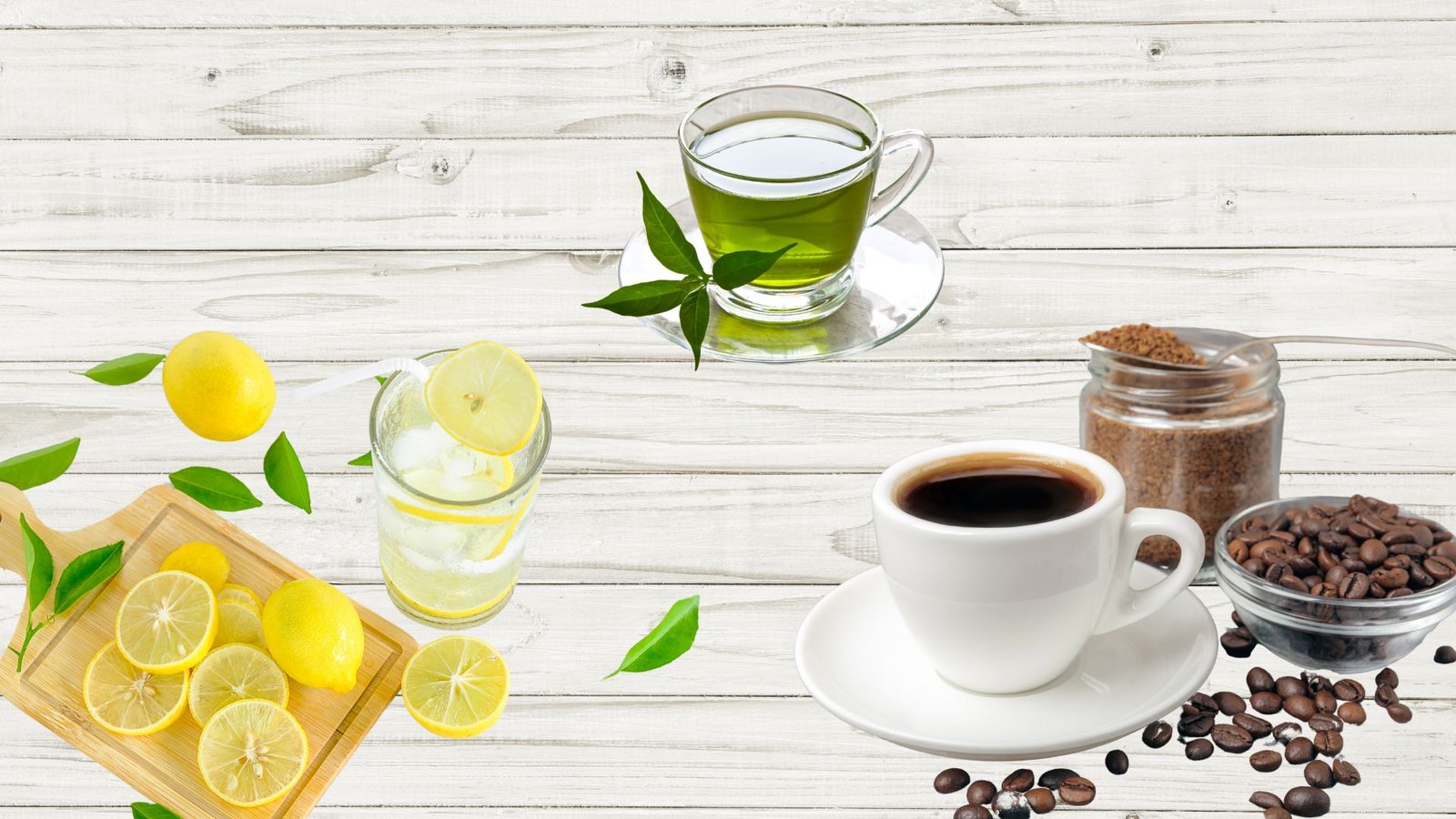
10 Secrets on What to Drink During Fasting
to Maximize Your Fast
